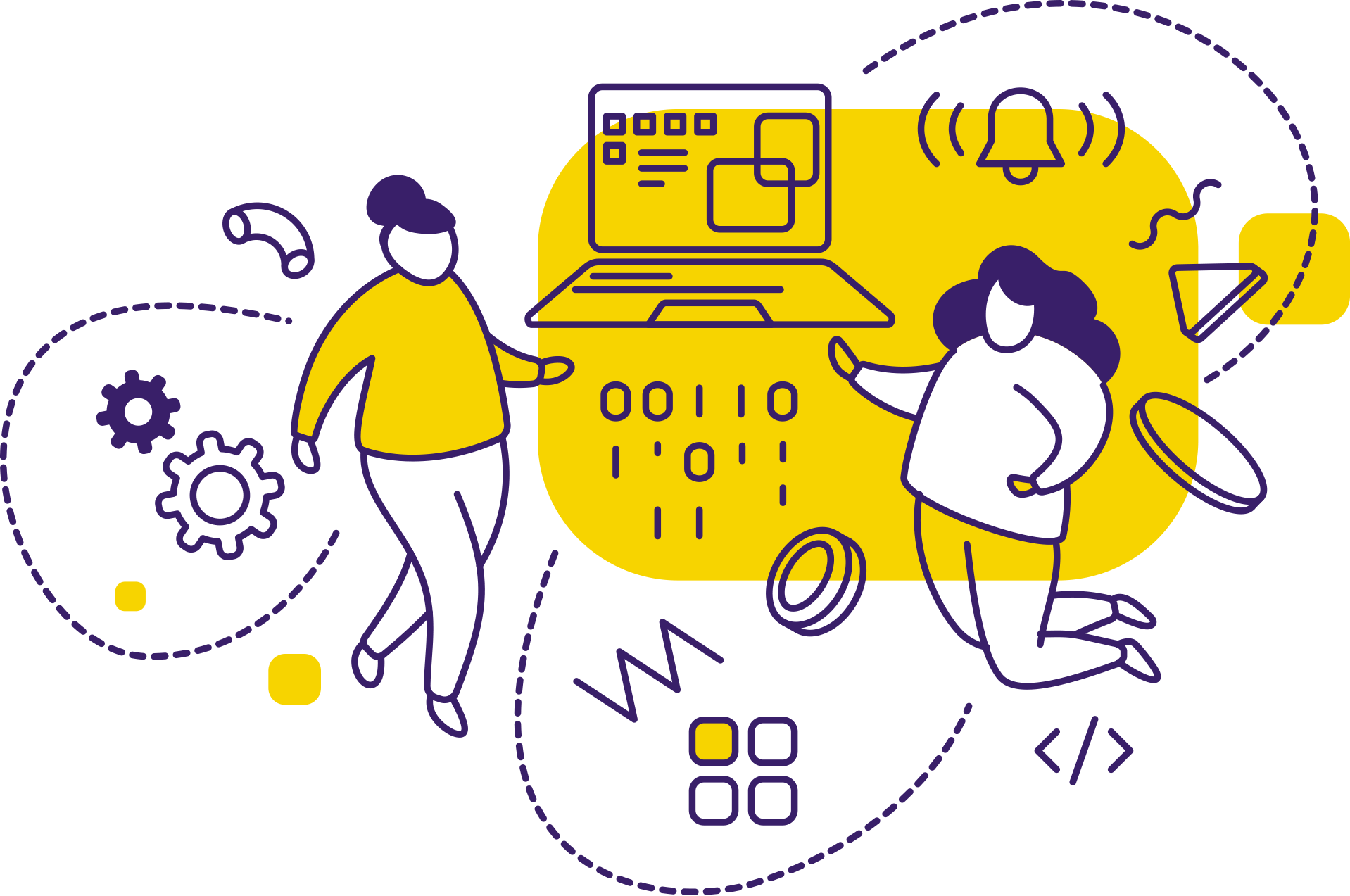Get Connected & Stay Connected: Types of Internet Service
At the genesis of the Internet revolution, businesses connected to the web with dial up. This required a hardwired telephone line and lots of patience. The next four decades would bring better speed, better prices, and better options. Today’s choices for Internet service are faster and more secure than ever. The experts at Gabbit offer this information to help you understand these options and what is best for your business.
Basic Terms
First, let’s take a look at some basic terms that are good to know.

- ISP- Internet Service Provider. This is the company that provides you access to the Internet for which you pay a monthly fee.
- Bandwidth– the download rate of your Internet service. It represents the fastest you can download data to your devices.
- Mbps– Megabits per second. This represents the speed an internet plan is offering. The higher the number, the higher the speed possible. For example, to stream HD video, you need at least 5-8 Mbps. Video calls require 6Mbps. Just checking email only requires 1Mbps.
- Modems and Routers– The modem is the box that connects your business network to the wider Internet. The router is the box that allows your wired and wireless devices that require Internet connection to communicate with one another without needing to do so over the Internet. Not all modems include routers and not all routers have modems. You need both, integrated or not, in order to provide an Internet connection for all of your business devices.
Types of Internet Service
Now that you’ve got the basic terminology, here are the types of Internet service available.
Dial Up
This is the OG of Internet service. It uses telephone lines to dial a computer to connect you to the greater webverse. Telephone lines vary in quality and often experience interference. This results in very low speed and frequent dropped connections. Most dial up connections are only available in rural areas where other types are unavailable. Many ISPs no longer offer this service because it is so antiquated.
DSL
This stands for Digital Subscriber Line. It still utilizes phone lines to connect to the Internet and is usually available in places where cable and fiber is unavailable. Its connection is always on and uses two lines when the computer is connected. It is reliable and affordable, but not as fast as other types of connections.
Cable Internet
Cable internet uses cable TV lines to provide Internet access. It provides greater bandwidth than DSL with speads up to 20Mbps. When cable goes out, so does your Internet. It is a fast and stable way to access the Internet, but less likely to be used in business because coaxial connections are usually absent.
Satellite Internet
Satellite Internet does not rely on grounded structures such as cable. It utilizes orbiting satellites to get you connected. Connections with satellite are better with clear line of sight to the sky. It is best suited for rural areas not wired for other types of Internet connection. Speeds range from 12 to 100Mbps. Satellite is best used for residential purposes, as bad weather conditions and obstructions can interfere with service.
Fiber connections
Fiber connections utilize fiber optic cable using pulses of light along thin fiber strands to transmit data. It is by far the fasts connection speed available with bandwidth of up to 2 Gigabits. With that speed, you can download a two hour high definition movie in less than 60 seconds. It is an expensive service and not yet available everywhere. For businesses that need the speed and capacity, fiber Internet access is a wise choice.
For businesses that value uninterrupted, cost-effective and quality service,
Gabbit is a wise choice for your business VoIP.
Gabbit is a wise choice for your business VoIP.
We help businesses of all sizes across the nation stay connected with a variety of communication options and features. Call Gabbit at 855-542-2248 or email us at sales@gabbit.com.

